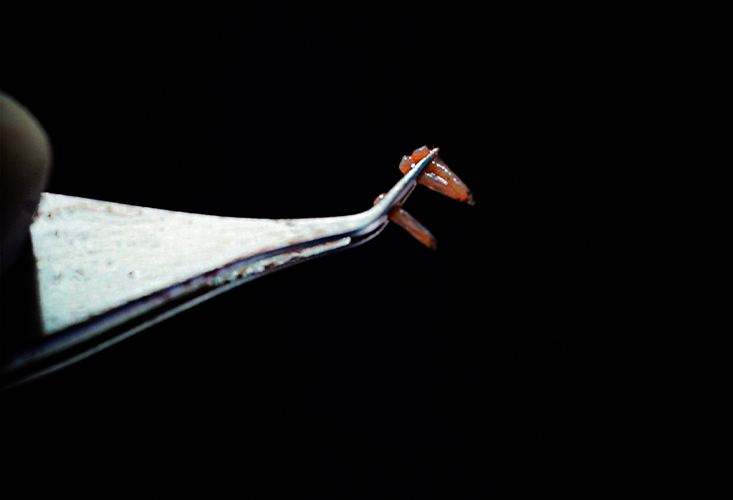For those interested in hair transplants, the term "grafts" is likely to be a key concept. While it is commonly assumed that a graft is simply a hair, this is not entirely accurate. So, what is a graft and what distinguishes it from a hair? One of the most important and decisive factors in a successful hair transplantation is the quality of the hair follicles taken from the donor area and the number of hair follicles. In dermatological practice and the field of hair transplantation, the term "graft" is used to describe the structure of hair follicles/roots taken from the donor area. Each person has a different number and quality of grafts in the donor area. The word "graft" refers to the full name of the follicles or a group of hair strands taken from the donor area. A graft can be one hair strand, two strands, three strands, or sometimes four or five strands. It depends on the donor area, as everyone's quality is different. Grafts taken from the donor area vary according to their quality. The most important findings that determine the quality can be classified as thick or thin hair strands, light or dark hair color, the number of hair strands contained in a follicle graft. A good quality graft can be evaluated as a fully healthy, thick hair and the number of hair strands it contains is 2 or more. Graft means a single follicle taken from the donor area. Within these follicles, there are hair strand numbers that vary from person to person and vary according to the area where the follicles are taken. For example, the number of hair strands in the grafts taken from the right and left beginning of the donor area is usually single and double and also fine strands, while the grafts taken from the middle part of the donor area usually contain double and triple hair strands. While a graft is made up of a group of transplanted follicles or hairs, a hair strand can be understood as a single piece of hair thread. For example, if someone has an average graft quality and receives 3,000 grafts, this would result in 5,500 to 6,000 hair strands being transplanted. If the graft quality is good, 6,000 to 8,000 hair strands will be transplanted. This is one of the most important factors in achieving good results, as it directly affects the success of the hair transplantation.How Is Graft Quality Determined and What Is Its Importance?
What Is the Difference Between a Graft and a Hair Strand?
What is a graft? What is the difference between a graft and a hair?



 Deutsch
Deutsch
 English
English
 français
français
 italiano
italiano
 Türkçe
Türkçe
 русский
русский
 한국어
한국어

